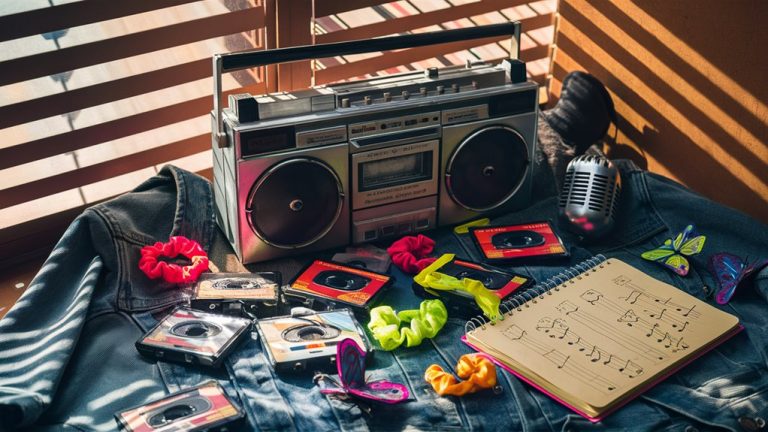
Properly Protect Your Voice
Advancing Care
The safety of karaoke is not just about protecting the vocal cords. To make the occasion more enjoyable everyone should know something about sound insulation and security. The venue itself should have everything in place for them to tell their stories in a quiet reading voice as they work up to full vocal intensity. From venue security to personal awareness by taking the advice of those basic principles every karaoke can become special an occasion otherwise easily forgotten.
Proper Karaoke Assistance through Safety Designs
Safety is to be established in a professional karaoke establishment. What patrons should look for in this kind of place include
- Proper lighting at seating areas with attention to the performance areas and stage platforms
- All equipment maintained without blind spots
- Walls offering escape routes or exits unobstructed in case of emergency
- Property guards on patrol every night
- Microphones and gear clean between customers
Position of Participants
There are several aspects to one’s own security which must be kept in mind while singing or performing karaoke
- Physically stable on a stage or platform
- Careful with regard to others around
- Maintain visual and auditory awareness
- Avoid confrontation longer than necessary
When it comes to the safety of equipment used for professional karaoke installations
- Transfer cables
- Switch off the power supply as soon as possible
- Stick to lighting fixtures that illuminate the entire room
Consistency and Continuity
It is essential to ensure that safety measures are implemented in their entirety for every karaoke occasion.
Vocal Health – Hydrating Your Cords
How to Care for Your Voice in Karaoke Singing
It is essential that karaoke lovers learn these skills to protect their voices no matter when and where they sing.
Proper Vocal Warm-up

To sing effortlessly and pleasingly
- Practice breathing through the diaphragm
- Select songs within your range
- Avoid singing beyond your key
- Take strategic rests between performances
Warning Signs and How to Avoid Them
- Throat discomfort or pain
- Loss of vocal power or hoarseness
- Vocal fatigue
Group Safety in Venues
- Arrange seats with clear views to the stage and exits
- Choose a prearranged assembly point
- Use a buddy system for breaks
Drink Safety and Personal Protection
- Designate a sober driver
- Keep drinks in view at all times
- Never accept drinks from strangers
- Avoid leaving valuables unattended
Advanced Security Measures and Emergency Preparedness
- Covert communication for emergencies
- Secure personal items
- https://getwakefield.com/
- Be aware of surveillance camera locations
- Report anything suspicious
- Remain aware of surroundings
Things to Remember When Drinking
Theatre Drinking Etiquette
- Set a drink limit before performing
- Never get drunk while performing
- If intoxicated take a break
Hydration and Safety Tips
- Drink water between alcoholic beverages
- Keep vocal cords hydrated
- Absorb alcohol slowly
- Maintain stamina
Responsible Drinking Tips for the Performer
- Monitor pitch and timing
- Independent Singers
- Stop drinking if you experience slurred speech or impaired judgment
- Switch to water if performance is affected
Security for Personal Belongings
Things Every Singer Should Know about Security
- Use a cross-body or waist pack
- Bring a group table security person
- Keep phones in sight
- Use venue lockers or check-in services
Street Wise Security Strategies
- Keep valuables within reach
- Store items between feet or on lap
- Use the table system in groups
Equipment and Stage Awareness
Karaoke Equipment and Stage Safety Guide
Essential Stage Safety Protocols
- Scan the stage before performing
- Watch for loose cables and uneven surfaces
- Ensure all equipment is secured
Equipment Handling Best Practices
- Hold microphones firmly
- Avoid swinging or dropping them
- Check wireless batteries beforehand
- Keep liquids away from electronics
Performance Area Navigation
- Ascend and descend stage areas carefully
- Ensure good lighting
- Keep pathways open
- Avoid unstable structures
Emergency Protocols
- Report technical issues immediately
- Know stage exit locations
- Follow staff instructions in emergencies



